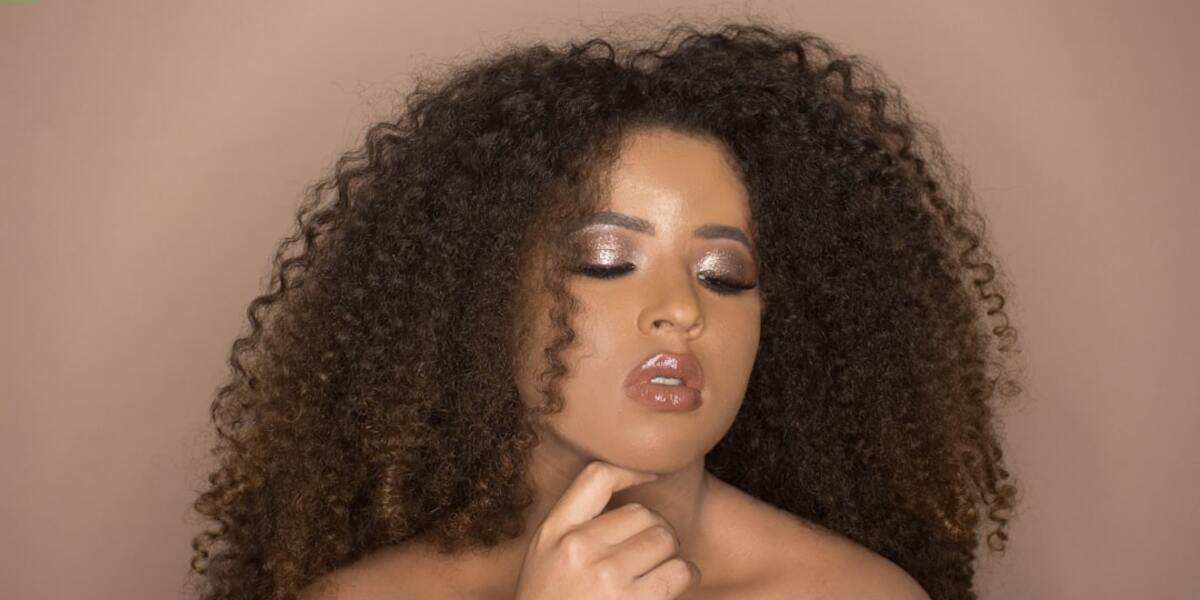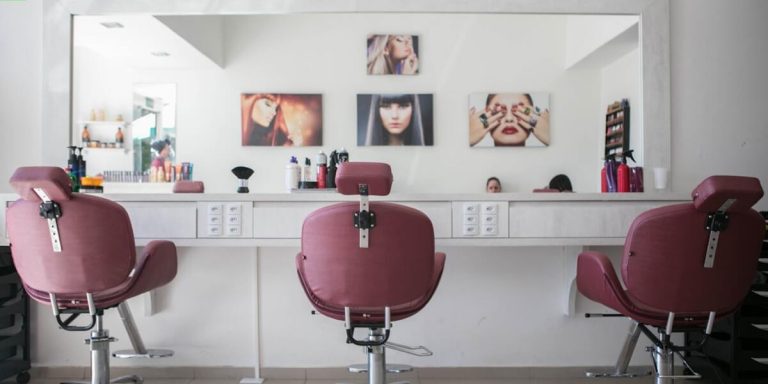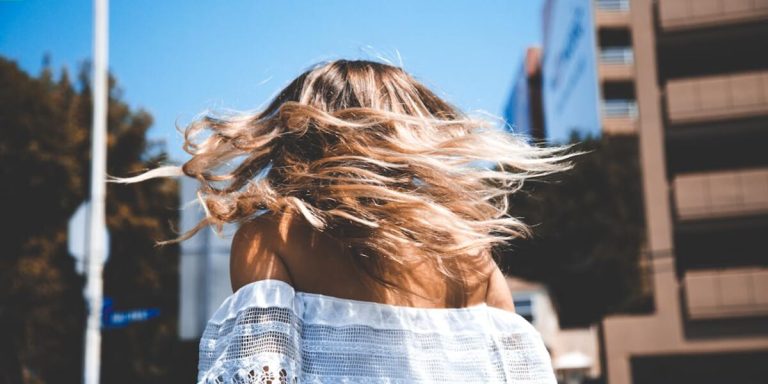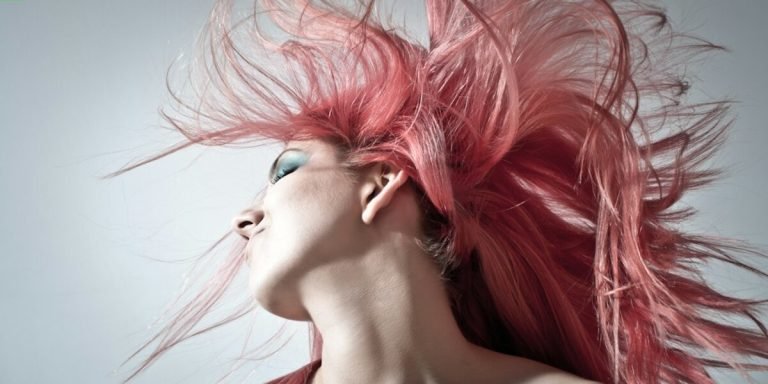Non Surgical Hair Loss Treatments: Exploring Effective Solutions for Restoration
Hair loss can be a distressing experience for many individuals, affecting self-confidence and causing undue stress. Though there are various surgical options available to rectify this issue, they may not appeal or be accessible to everyone due to their invasive nature and considerable cost. This is where non-surgical hair loss treatments come into play – offering an affordable alternative with less discomfort involved.
The fascinating world of non-surgical hair-loss treatments provides numerous scientific advancements that employ different methods of prompting natural hair growth or creating the illusion of a thicker mane without operative intervention. These techniques have proven effective in restoring both appearance and confidence effectively; let’s delve further into understanding them better.
Did you know?
Did you know that low-level laser therapy (LLLT) is a non-surgical treatment for hair loss? It’s FDA-approved, and studies reveal it can stimulate cell growth in scalp tissue, leading to restored hair!
Understanding Non-Surgical Hair Loss Treatments
Non-surgical hair loss treatments have made significant strides in recent years, revolutionizing the way we approach hair regrowth and maintenance. These methods primarily focus on stimulating natural hair growth without invasive procedures or potentially harmful chemicals. As we tread deeper into 2023, it’s evident that these innovative techniques are not only beneficial for those suffering from premature balding but also individuals seeking to maintain a healthy scalp.
Treatments such as topical solutions like minoxidil and finasteride are increasingly popular due to their effectiveness and ease of use. They work by slowing down the process of hair thinning while simultaneously promoting new follicle growth which can be seen within few months of consistent usage. Furthermore, they offer accessibility as prescription medications allowing consumers more control over their application in accordance with individual needs.
Another non-invasive solution receiving global recognition is low-level laser therapy (LLLT). This procedure utilizes medical-grade lasers emitting specific wavelengths proven to energize weakened cells encouraging healthier hair development patterns thereby creating a denser appearance overall.
These revolutionary treatment options coupled with lifestyle changes like balanced diet intake play pivotal roles in combating worsening conditions associated with alopecia. With all these advancements at our disposal today, dealing with unwarranted Hair Loss has become less daunting now than ever before offering hopes for fuller heads tomorrow!
Overview of Topical Treatments for Hair Regrowth
Today, a myriad of non-surgical hair loss treatments promise renewed growth and restored confidence. Among these, topical treatments stand out for their ease of use and efficacy. An overview of the finest options in this segment is crucial to understand how they can play a pivotal role in your fight against receding hairline or thinning scalp.
Minoxidil ranks high among such topicals due to its well-researched benefits at stimulating new growth by increasing blood flow to the follicles. This FDA-approved solution comes typically as an over-the-counter product that you apply directly onto your scalp twice daily.
Next on our list is Finasteride lotion—a promising contender renowned for blocking DHT production—the hormone mainly responsible for male pattern baldness.
While it’s traditionally available orally, many have embraced the less invasive nature provided by its topical version which opens avenues with lesser side effects related primarily to sexual function compared with oral finasteride.
Spironolactone Lotions also command attention as alternatives geared toward women battling Androgenetic Alopecia (AGA). This potent anti-androgen has shown noticeable results when applied once per day—reducing excess sebum production caused from increased DHT levels while enhancing overall volume and texture significantly over consistent usage periods.
The Role of Laser Therapy and Light Treatment
Laser therapy and light treatment play a significant role in non-surgical hair loss treatments. They are both innovative technologies that have proven to offer immense benefits for individuals struggling with thinning or shedding locks.
First, let’s delve into laser therapy. This form of treatment involves the use of low-level lasers designed to stimulate your scalp and encourage follicles’ growth. The procedure is painless, non-invasive, and has been approved by the FDA as an effective way to combat various types of baldness including male patterned alopecia.
It works through photobiomodulation – a process where photons enter the tissue and boost cellular metabolism leading to improved hair strength, thickness, fullness over time. Many clients report notable results within just six months! It’s worth noting though that effectiveness might vary from person-to-person depending on factors such as age or severity of hair loss conditions one may be experiencing.
Now let’s shine some light on light treatment – commonly referred to as LED (Light Emitting Diode) Therapy – another stellar player in the field of non-surgical interventions for receding manes?
LED therapies emit varying wavelengths which penetrate different layers under our skin promoting healing processes like cell regeneration or increased blood circulation around follicular cells making it ideal not only those seeking remedy but also anyone interested maintaining their crowning glory tip-top shape without having resort surgical procedures!
Advantages of Minimally Invasive Hair Restoration Options
Minimally invasive hair restoration treatments, such as Platelet-Rich Plasma (PRP) therapy and Low-Level Laser Therapy (LLLT), have become increasingly popular in 2023. The main lure is their non-surgical approach that dramatically reduces the physical discomfort traditionally associated with hair loss procedures. This translates into shorter recovery times allowing individuals to get back to their daily routines faster than surgical alternatives.
The effectiveness of these therapies lies in harnessing the body’s natural healing process or stimulating dormant follicles. For instance, PRP involves injecting concentrated platelets from a person’s own blood into areas where thinning occurs. These platelets release growth factors which are believed to help revive miniaturized hair follicles leading to fuller looking head of hairs.
Low-Level Laser Therapy operates on similar principles but uses light energy instead of platelets for stimulation, making it an ideal solution for those wary about injections while still hoping for credible results without going under the knife.
Lastly, one cannot overlook the aesthetic benefits derived from minimally invasive options; no scars left behind unlike traditional transplant methods like Follicular Unit Transplantation(FUT). Users can confidently sport short hairstyles knowing there’s nothing incriminating lurking underneath hence boosting confidence levels significantly!
Thus clearly stating why opting for Non-Surgical Hair Loss Treatments can be beneficial and worth considering!
Scalp Micropigmentation as a Cosmetic Solution
Scalp Micropigmentation (SMP) is increasingly becoming a go-to non-surgical hair loss treatment in 2023. This cosmetic solution captures the essence of innovative, minimally invasive procedures that target hair restoration effectively.
The first thing to note about SMP is its simplicity and straight-forwardness as a procedure. Unlike surgical interventions which can be time-consuming and complicated, SMP involves the use of specialized equipment to deposit pigment into your scalp directly. The result?
A look resembling natural follicles from up close or afar.
Most clients appreciate how quick this process could offer visible changes compared to other non-surgical options like Minoxidil or Finasteride, which need consistent application for several months before significant results manifest themselves.
What’s more interesting? Pain levels during an SMP session are minimal; most people liken it to light skin prickling sensation – another reason why many choose this method over others available today!
Nonetheless, no two Scalp Micropigmentation projects ever mirror each other precisely because they’re tailored based on the individual needs of every client – their desires regarding density, shade coloring among others factors being considered meticulously.
Platelet-Rich Plasma (PRP) Therapy for Stimulating Follicles
Platelet-Rich Plasma (PRP) therapy has elevated non-surgical hair loss treatments into a higher echelon. It’s an advanced technique that leverages the potential of your body’s natural growth factors to stimulate dormant follicles and foster new hair growth.
Let’s delve further into why this procedure holds significant value:
1. **Minimal Discomfort**: Despite involving needle injections, local anesthesia ensures minimal discomfort during treatment sessions.
2. **Little-to-No Downtime:** As it requires no cuts or stitches like surgical methods, you can bounce back rapidly from each session without requiring a prolonged spell on the sidelines.
3.Co-**Stimulates Natural Hair Growth Process:** This isn’t merely some synthetic cover-up ploy; instead it triggers your inherent biological mechanisms for promoting thicker and healthier strands.
Since PRP uses cells extracted from your own body, there are virtually zero compatibility concerns—negating chances of side effects commonly associated with invasive procedures.
Holistic Approaches to Managing Hair Thinning Without Surgery
Embracing natural, non-invasive measures to manage hair thinning has become a fast-growing trend in 2023. With an evident reluctance towards surgical procedures commonly founded on the concerns of cost and recovery periods, people are consistently seeking alternatives. Holistic approaches address not only physical symptoms but also target the root causes such as hormonal imbalances or nutritional deficiencies that may be contributing factors.
One prevalent holistic approach is through dietary modifications aimed at boosting your body’s nutrients essential for healthy hair growth. Consuming enough proteins and iron-rich foods fuels follicle health while vitamins like B7 (Biotin), C and E boost skin circulation promoting more robust hair strands – thus combating thinning effectively. Understanding this link between nutrition and healthier tresses can help individuals make smarter meal choices leading to substantial progress over time.
Another widely adopted strategy involves lifestyle changes including stress management techniques such as yoga or meditation – both known for their positive effects on overall well-being which indirectly affects our scalp health too. Regularly practicing relaxation exercises results in lower cortisol levels; thereby reducing potential harm caused by physiological tension affecting one’s mane condition adversely.
Natural Supplements and their Efficacy in Promoting Hair Health
Biotin is a commonly known supplement beneficial for maintaining healthy hair due to its role in keratin production – a protein vital for the structure of our tresses. Regular consumption of biotin-infused products or taking it orally as tablets can potentially reduce hair fall and enhance growth.
Another potent supplement packed with antioxidants is Saw Palmetto extract, believed to block 5-alpha-reductase enzyme converting testosterone into DHT (Dihydrotestosterone), an element linked to male pattern baldness. Introducing this natural remedy could play a significant part in managing your concerns about losing locks.
Omega-3 fatty acids present in fish oil supplements also offer promising results when it comes down to combatting dry and brittle strands – further reducing chances of breakage or shedding prematurely.
Vitamin E plays another integral role here; its powerful antioxidant properties support scalp health while fighting oxidative stress that might be responsible for hampering follicle development leading towards excessive loss over time.
Iron should not be overlooked either! Its deficiency often gives rise to anaemia – an underlining condition causing substantial damage hence needed good attention within nutritional plans focusing on restoring lustre back onto those dulling manes!
Lifestyle Changes That Support Hair Strength and Growth
Consider the following lifestyle changes as effective non-surgical hair loss treatments to enhance the strength and growth of your hair:
1. **Adopt a Nutrient-Rich Diet:** A deficiency in essential nutrients often contributes to hair thinning or loss. Incorporating foods that are rich in vitamins such as Vitamins A, B12, C, D & E along with minerals like iron and zinc is vital for healthy hair.
2. **Stay Hydrated:** Water plays an integral role in maintaining overall health including that of your scalp and follicles.
3. **Limit Heat Styling Tools:** Usage of heat styling tools can damage the outer layer (cuticle) protecting each strand resulting into dryness & breakage over time leading to thinning locks.
4. **Don’t Skip on Sleep**: Lack of sleep could cause bodily stress which might lead to excessive shedding or lackadaisical growth because our body restores itself during restful periods.
5.Regular Exercise: Regular exercise improves blood circulation throughout the body – hence benefitting not only heart but also feeding roots under your sscalp.
Conclusion
In the end, non-surgical hair loss treatments offer a more accessible and less invasive alternative to surgical procedures. These innovative solutions not only stimulate natural hair growth but also help restore your confidence without requiring you to go under the knife.
We hope this article has broadened your perspective about various effective restoration techniques within reach today. We encourage you to continue exploring our website for additional insights into different aspects of Hair Loss Treatments that could be instrumental in reclaiming both volume and vitality!







